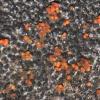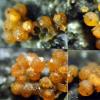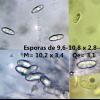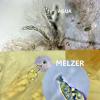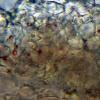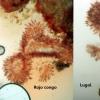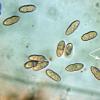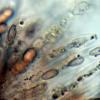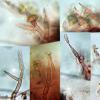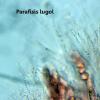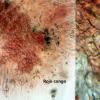
18-02-2016 23:08
 Bernard CLESSE
Bernard CLESSE
Bonsoir à tous,Que pensez-vous de ce petit asco b

17-02-2016 20:55
 Rubén Martínez-Gil
Rubén Martínez-Gil
Hola a todos. Subo unas fotos de un asco que hemo

17-02-2016 00:23
 Lothar Krieglsteiner
Lothar Krieglsteiner
I found only three apothecia. First I thought of C

17-02-2016 22:44
 Joop van der Lee
Joop van der Lee
Found on horse dung. Perithecia: 411x206 um; Cove

17-02-2016 00:19
 Lothar Krieglsteiner
Lothar Krieglsteiner
When I found the first apothecia of this disco and

18-02-2016 02:22
 Lothar Krieglsteiner
Lothar Krieglsteiner
.. found today in the Algarve on old dog feces. C

13-02-2016 15:45
Simon KennedyDoes anyone know of any English language keys to H
Nectria ??
Castillo Joseba,
17-02-2016 13:19
A ber que os parece
Joseba
Christian Lechat,
18-02-2016 08:15

Re : Nectria ??
Bionectria?
Castillo Joseba,
18-02-2016 12:55
Christian Lechat,
19-02-2016 05:28

Re : Nectria ??
Bionectria ochroleuca, the ascospores of your specimen fit well to this species.
Christian
Christian
Castillo Joseba,
19-02-2016 08:49
Re : Nectria ??
Gracias Christian
